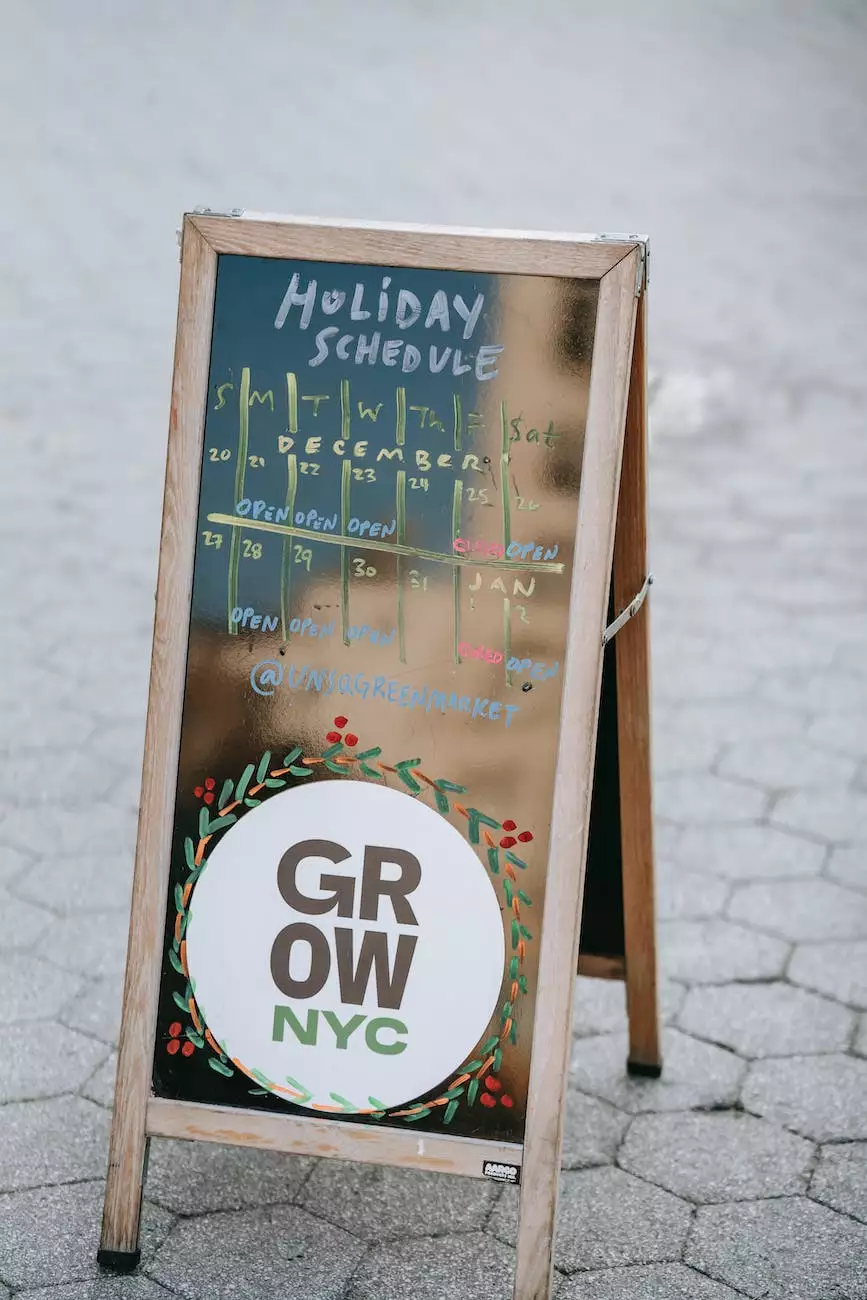Beginner's Guide to Programmatic Advertising in 2022
Business Ideas
Introduction to Programmatic Advertising
Programmatic advertising has revolutionized the digital marketing landscape, offering businesses advanced targeting capabilities, improved ad delivery, and increased advertising efficiency. This beginner's guide will provide you with a comprehensive overview of programmatic advertising, its benefits, and strategies to implement it effectively in 2022.
Understanding Programmatic Advertising
Programmatic advertising refers to the use of automated technologies and data-driven processes to purchase and manage ad inventory in real-time. Unlike traditional ad buying methods, programmatic advertising leverages algorithms and machine learning to target specific audiences, optimize campaigns, and deliver ads across multiple channels.
The Benefits of Programmatic Advertising
- Improved Targeting: With programmatic advertising, you can leverage data-driven insights to target specific demographics, interests, behaviors, and locations, ensuring your ads reach the right audience at the right time.
- Advanced Audience Segmentation: Programmatic advertising allows you to segment your audience into granular groups, enabling personalized ad messaging and maximizing campaign engagement.
- Real-Time Optimization: By leveraging real-time data and insights, programmatic advertising enables you to optimize your campaigns on the fly, ensuring maximum performance and ROI.
- Enhanced Transparency: Programmatic advertising provides transparency into ad placements, costs, and performance metrics, allowing you to make data-driven decisions and track your campaign's success.
Key Components of Programmatic Advertising
1. Demand-Side Platform (DSP)
A demand-side platform is a software application that allows advertisers to manage multiple ad campaigns across various ad exchanges and supply-side platforms. DSPs provide tools for audience targeting, campaign optimization, and real-time bidding.
2. Ad Exchange
An ad exchange is a marketplace that facilitates the buying and selling of ad inventory in real-time. It connects advertisers (through DSPs) with publishers (through supply-side platforms) to enable efficient ad transactions.
3. Data Management Platform (DMP)
A data management platform collects and analyzes vast amounts of audience data to inform programmatic advertising strategies. It helps advertisers understand their target audience, create audience segments, and optimize campaign performance based on data insights.
4. Supply-Side Platform (SSP)
A supply-side platform is used by publishers to manage and optimize their ad inventory. SSPs connect publishers with ad exchanges, ensuring their inventory is available for programmatic buying and delivering the highest possible revenue.
Implementing Programmatic Advertising for Your Business
To succeed with programmatic advertising in 2022, it's essential to have a well-defined strategy and follow best practices. Below are some key steps to implement programmatic advertising for your business:
1. Set Clear Campaign Objectives
Define your campaign objectives, whether it's increasing brand awareness, driving website traffic, or generating conversions. Clear objectives allow you to measure success and optimize your programmatic campaigns accordingly.
2. Identify Target Audience Segments
Utilize data from your DMP or third-party sources to understand your target audience better. Segment your audience based on demographics, interests, browsing behavior, and other relevant factors to deliver personalized ads that resonate with each segment.
3. Select the Right Demand-Side Platform (DSP)
Research and choose a DSP that aligns with your business goals, offers advanced targeting capabilities, and provides access to the ad inventory you need. Take into account factors like ease of use, pricing, reporting, and optimization features.
4. Conduct A/B Testing and Creative Optimization
Test different ad creatives, messages, and call-to-actions to identify what resonates best with your target audience. Continuously optimize your campaigns based on performance insights to improve click-through rates and conversion rates.
5. Monitor and Analyze Campaign Performance
Regularly monitor the performance of your programmatic campaigns, keeping an eye on metrics such as impressions, clicks, conversions, and cost per action (CPA). Analyze the data to identify areas of improvement and make data-driven optimizations.
Conclusion
Programmatic advertising is a powerful tool for businesses in the digital marketing landscape. By leveraging advanced targeting capabilities, real-time optimization, and data-driven insights, programmatic advertising enables businesses to reach their target audiences effectively and maximize their return on investment. Implement the strategies outlined in this beginner's guide to programmatic advertising in 2022 and take your digital marketing efforts to new heights.










